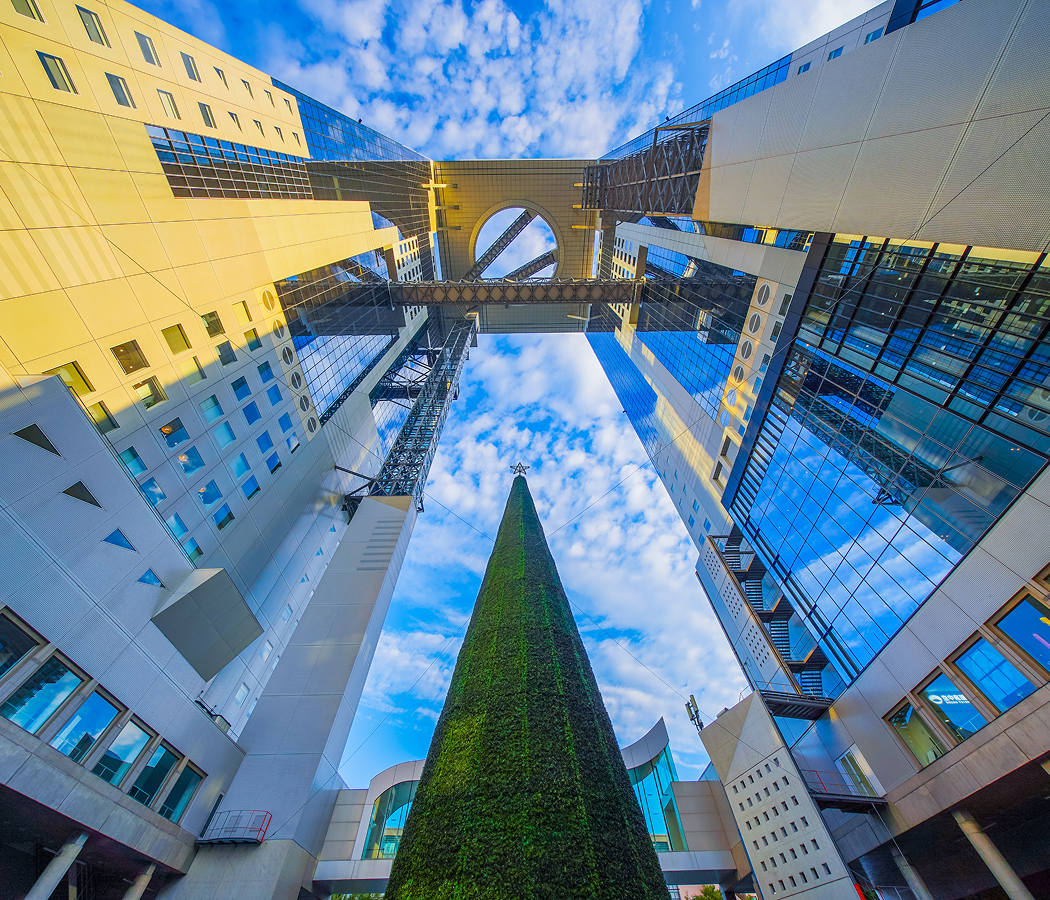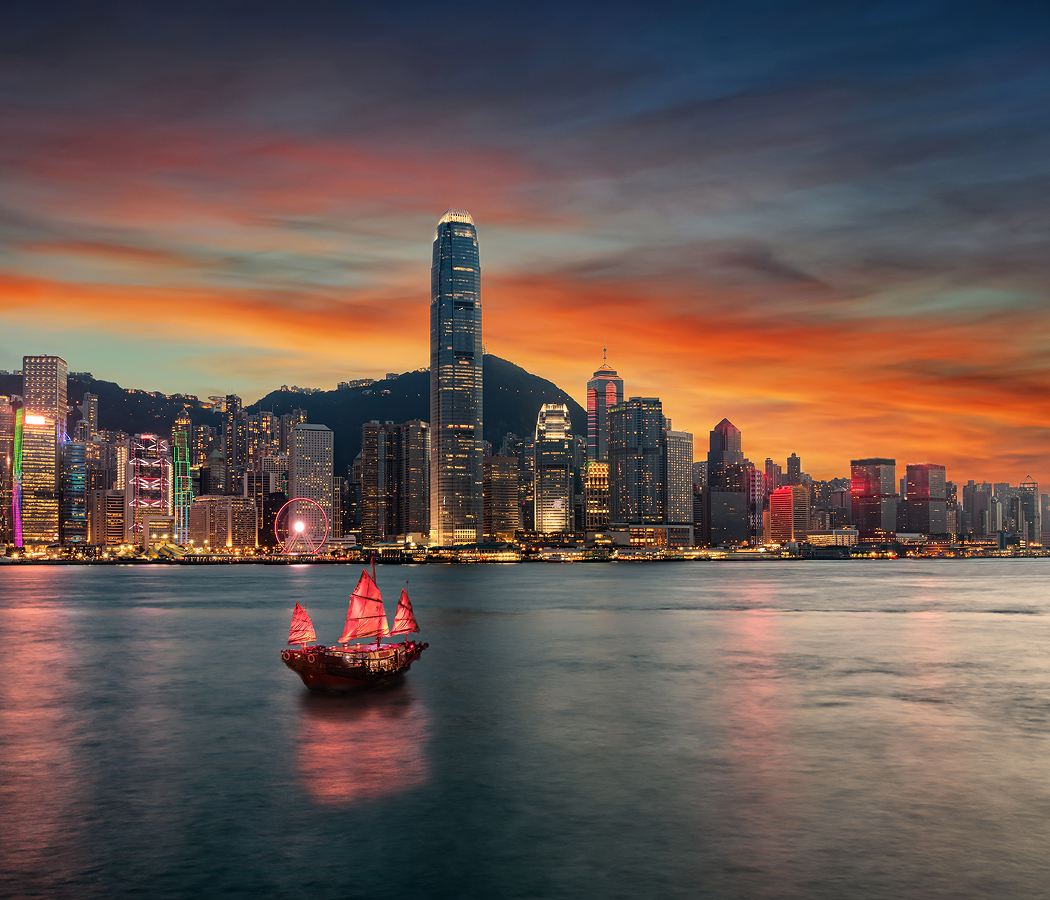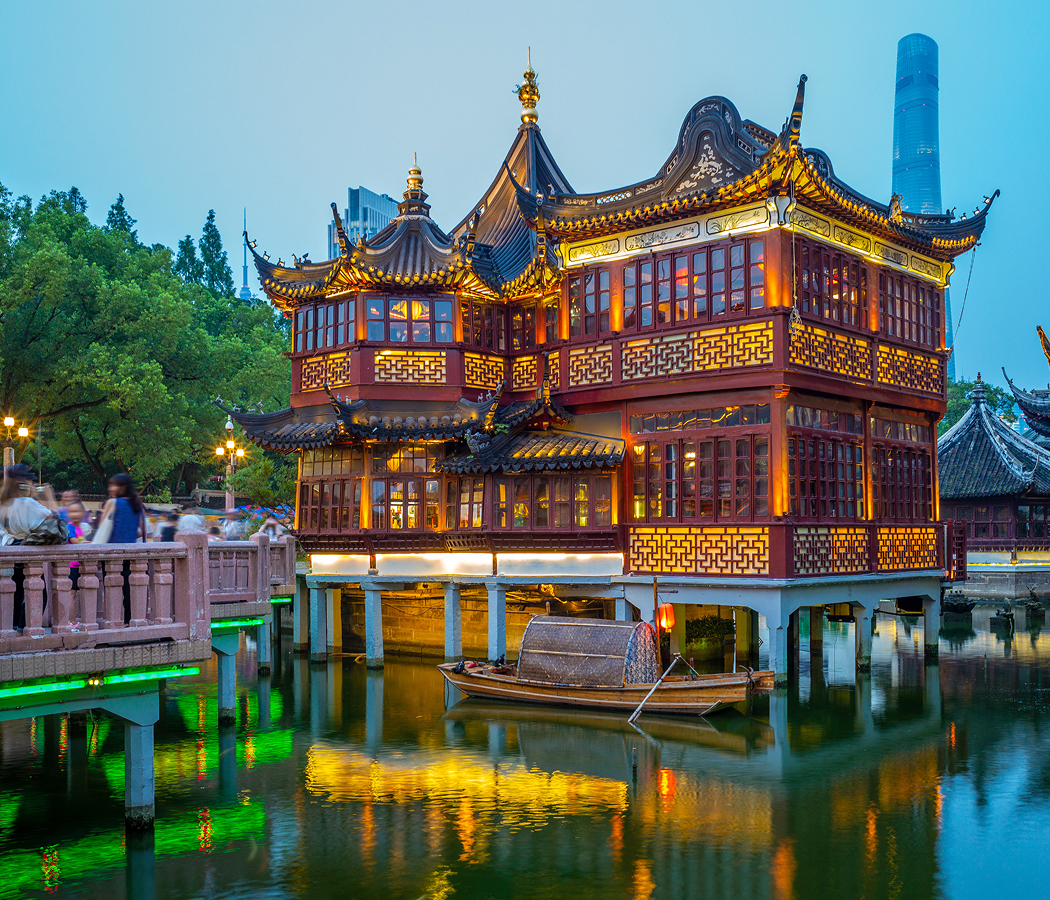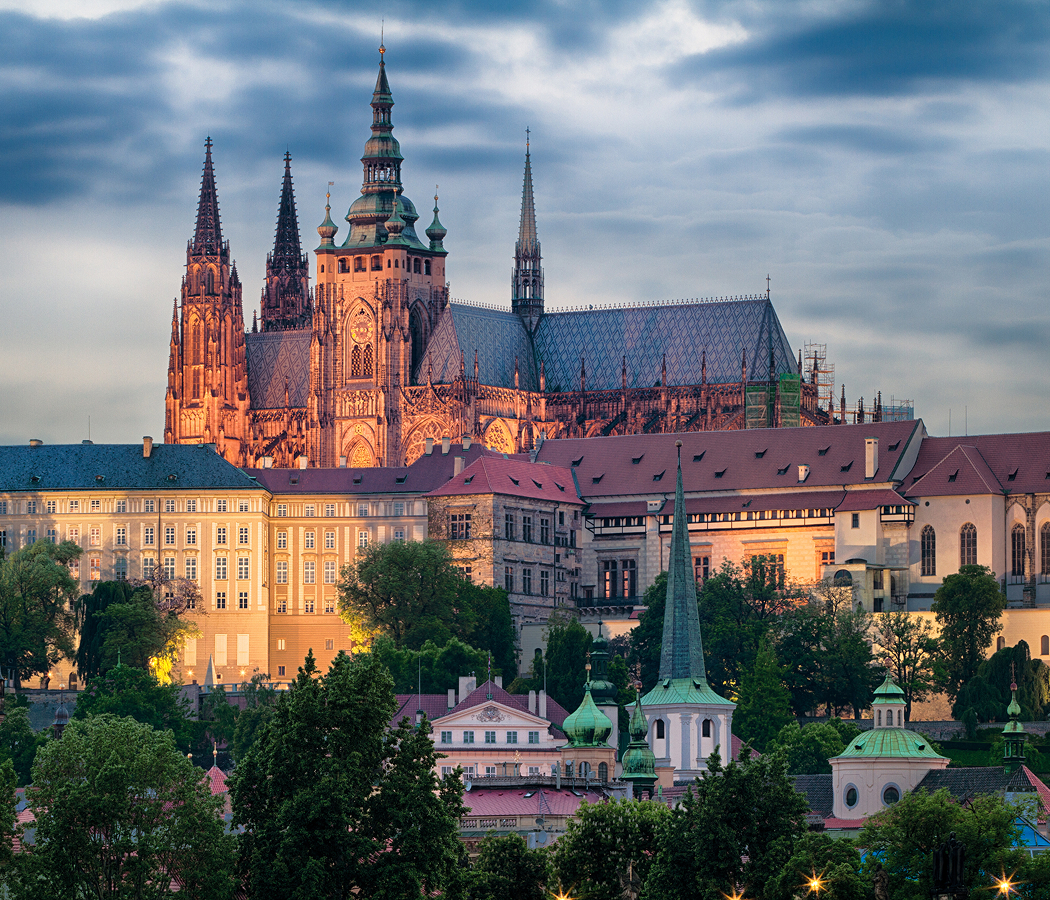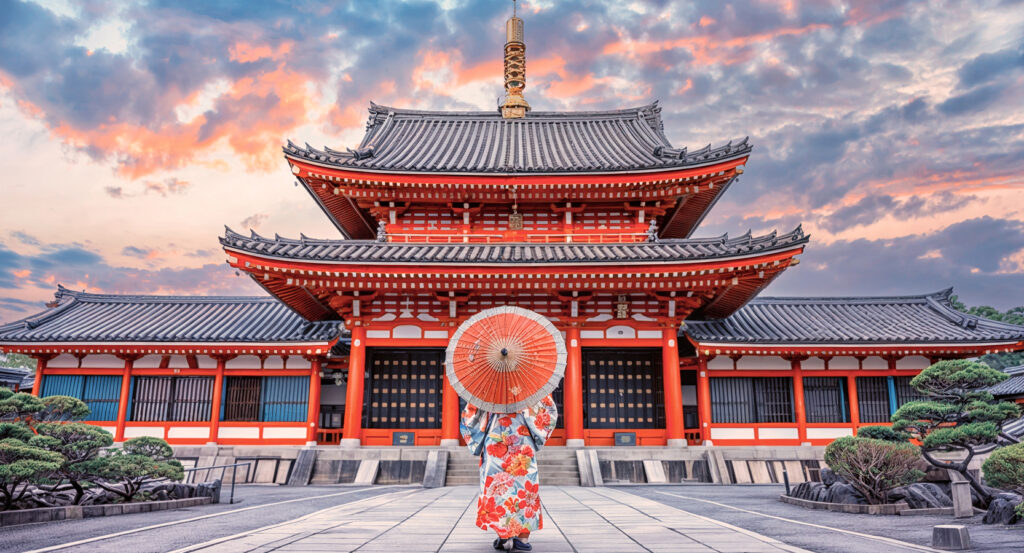
Why you should experience Sensō-ji (Asakusa Kannon Temple) in Tokyo.
Sensō-ji (Asakusa Kannon Temple) in Tokyo is the soul of Asakusa, a living, breathing fusion of ancient spirituality and the city’s unbreakable energy.
Step through the imposing Kaminarimon, or Thunder Gate, and you’re immediately swept into a world where the sacred and the electric coexist. The crimson lantern overhead glows like a beacon, and the scent of sweet incense mingles with roasted chestnuts from nearby stalls. Down the Nakamise-dori, a lively walkway lined with shops selling handmade fans, kimonos, and steaming taiyaki, centuries of history unfold beneath your feet. At the end of the avenue rises the temple’s magnificent Hozomon Gate, leading into the main courtyard where the five-story pagoda stands tall, elegant, timeless, and framed by the hum of prayer. Pilgrims and tourists alike gather before the main hall, wafting incense over their heads from the great bronze jokoro urn, believed to purify body and mind. You can hear the rhythmic claps and murmured prayers as visitors bow before the statue of Kannon, the goddess of mercy. Even amid the bustle, there’s an aura of deep peace, an invisible thread that ties modern Tokyo back to its origins.
What you didn’t know about Sensō-ji.
Sensō-ji is Tokyo’s oldest temple, yet it feels as alive today as it did nearly 1,400 years ago.
According to legend, two fishermen discovered a small golden statue of Kannon in the Sumida River in 628 AD. Though they returned it to the water, it kept reappearing, a divine sign that inspired the village chief to build a temple to enshrine it. From that act of devotion grew Sensō-ji, which became the beating heart of Edo (old Tokyo). The temple has endured fires, earthquakes, and bombings, yet each time it’s been rebuilt, stronger and more revered. The current structure, reconstructed after World War II, stands as a symbol of resilience, a visual reminder of Japan’s ability to rise, beautifully, from destruction. Surrounding the temple, Asakusa’s streets still carry echoes of old Edo, rickshaws rolling over cobblestones, the call of vendors, and the colorful swirl of festivals that keep the spirit of community alive. The Sanja Matsuri, held every May, transforms the temple grounds into a jubilant sea of lanterns, chants, and traditional floats honoring the fishermen who began it all. Few realize that the towering pagoda beside the main hall holds the ashes of the Buddha, enshrined in its topmost tier, a sacred relic linking Tokyo to the greater Buddhist world. Every detail here, from the dragon carvings beneath the eaves to the flicker of prayer candles, tells a story of devotion that has never dimmed.
How to fold Sensō-ji into your trip.
Experiencing Sensō-ji is less about checking off a landmark and more about surrendering to its rhythm, the dance of the sacred and the human.
Start your journey at dawn, when the first rays of sunlight strike the temple’s vermilion gates and the crowds have yet to gather. Walk slowly through the Kaminarimon and let the lantern’s glow guide you into the heart of Asakusa. Stroll along Nakamise-dori, pausing at shops that have been run by the same families for generations, their handmade sweets and crafts are small pieces of Tokyo’s living heritage. When you reach the main hall, cleanse your hands and mouth at the chozuya (purification fountain) before offering a coin, bowing twice, clapping twice, and making your silent prayer. Breathe in the incense as it swirls around you; it’s said to bring healing and clarity. Afterward, wander through the temple’s side paths, past tranquil gardens, small sub-shrines, and the towering pagoda reflected in pools of still water. For the best atmosphere, return at night, when lanterns flicker against the dark sky and the temple glows with quiet mystique. Pair your visit with a meal in one of the nearby traditional restaurants, grilled eel or tempura, dishes that have been served in Asakusa for centuries, to feel the full circle of Tokyo’s enduring spirit. Sensō-ji isn’t just Tokyo’s oldest temple, it’s its eternal pulse. In the swirl of incense, laughter, and prayer, you feel the city’s true rhythm: resilient, reverent, and radiant with life.
Hear it from the Foresyte community.
Night hits different here. Lanterns glowing red, shadows stretching long, and you feel like the city slowed down just for this walk.
Where meaningful travel begins.
Start your journey with Foresyte, where the planning is part of the magic.
Discover the experiences that matter most.













